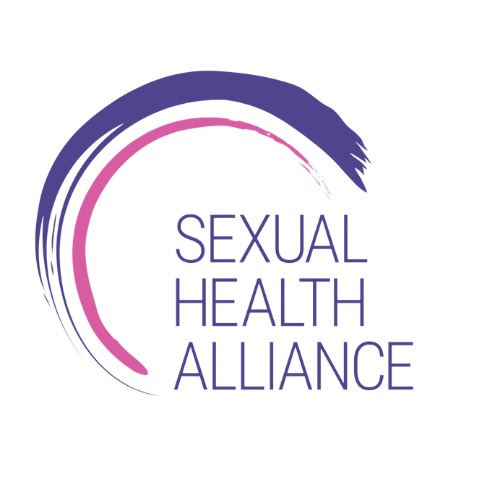This blog is part 2 of a series.
I came into the sexuality counselor certification program with the hopes of letting go of the shame I grew up experiencing around sex. Echoing the anxiety I mentioned in Part 1 of this blog series, it’s been an uncomfortable, unpredictable, and unprecedented journey to go through the process of unlearning the stigma and relearning the normalization of healthy sexual experiences. I am also impressed by SHA’s preparedness for students like me who join in from marginalized backgrounds, which have both cultural and racial significance in sexuality conversations. With the assigned modules and reflections, I am able to slowly but steadily, unravel most of my personal biases and preconceived thoughts of what sex “should” look like.
“I am also impressed by SHA’s preparedness for students like me who join in from marginalized backgrounds, which have both cultural and racial significance in sexuality conversations. ”
WHAT I LEARNED SO FAR IN My SEXUALITY COUNSELOR certification program: MODULE 1
Module 1 started off by defining the history, anatomy, and development of human sexuality. One of the most crucial takeaways from the first half of this module was to understand how unique and individualized sexuality is. There are no set norms or eligibility criteria for people to experience sexual pleasure and dive into sexual explorations. The modules also take on the path of critical thinking in the way that they recognize how diversity, inclusivity, and oppressive systems play out in the sexuality field (my social work student brain was fully switched on here).
Some of the module topics I am curious to dive deeper into and advocate for:
The cultural, social, and religious manifestations of circumcision and how they impact the experiences of young people.
The importance of recognizing the functional use of the clitoris solely for pleasure. Penetration isn’t the only way to get the “ohs and ahs” out of your partner.
Social constructs like virginity can have negative effects on how people approach their sexual identities and experiences.
Pleasure isn’t rooted in binary thinking. It can be achieved through and by different parts of the body. The cis hetero-normative notions of pleasure are embedded in homophobia and transphobia.
WHAT DOES THE COUNSELING SIDE OF THE SEXUALITY COUNSELOR certification PROGRAM LOOK LIKE?
The first module also encompasses the descriptions of sex therapy and using various clinical assessments. I got to learn how to utilize the PLISSIT (Permission, Limited Information, Specific Suggestions, Intensive Therapy) model of sex therapy to assist patients with interventions. It also provides a layered understanding of the existing issues of the profession, which I found to be really useful in exploring both the past and current revelations in the field. As a social work student, I am constantly reminded of how history informs us so much of our present and future, and I am happy to see it come across as a theme within the modules.
Some other things from the module I am looking forward to add to my counselor learning kit:
The use of systems theory and ecological models to approach sex therapy.
Understanding mental health and sexuality from a contextual perspective.
Innovative directions in sex therapy with a feminist critique.
Ethical implications in the profession.
Using sexual genograms to learn a client’s sexual development and timeline.
HOW IS THE VALUE OF SELF-REFLECTION EMBEDDED IN THE SEXUALITY COUNSELOR certification PROGRAM?
The module content is built in a way that keeps you in a constant state of identity reflection, in my case, as a student, a bisexual woman, a person of color, and an immigrant in the U.S. There is a personal values reflection activity that I found exceptionally productive when thinking about the definitions of what’s appropriate. It asked me to introspect on certain sexual acts and how I might view them with the lens of unintentional prejudice and judgment. I was reminded of one of my older articles on sexuality and morality while doing this activity as it pertains to how we mix the notions of morals and sex to evaluate what’s socially “acceptable” sexual behavior. Additionally, the presence of a discussion forum in the module for all the students to exchange thoughts with each other is another useful reflective tool. It allows us to be proactive and build a sense of positive and professional community within the certification program.
Curious to learn more about any of these topics? Use the SHA Certification Quiz to know which program fits you and your interests. If you feel connected to the counseling path, check out the Sexuality Counseling Certification Program eligibility. More so, if you’re anything like me–someone who has a billion questions before making a commitment– feel free to reach out to shacertifications@gmail.com.
Written by Shreya Tomar, SHA Sex Counselor Certification Student




